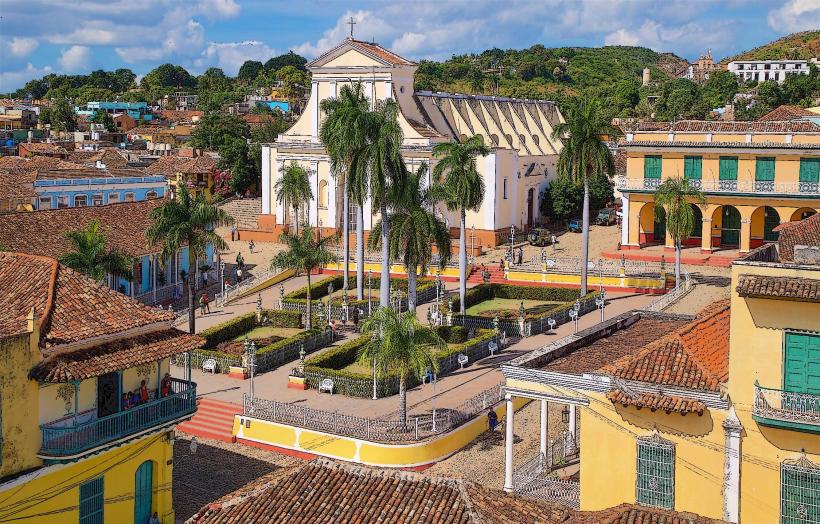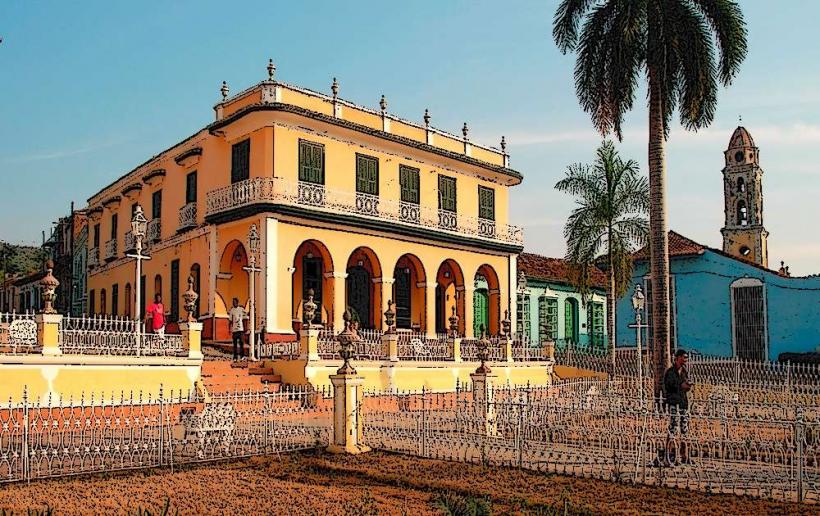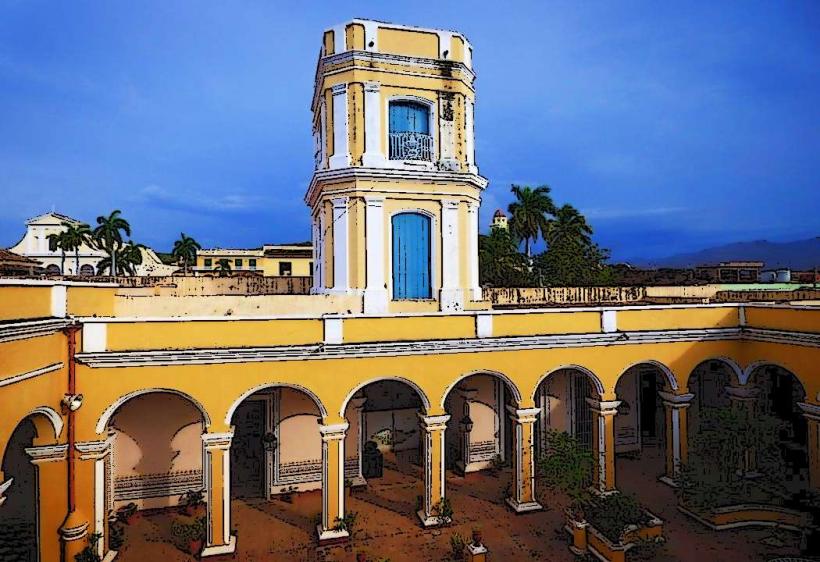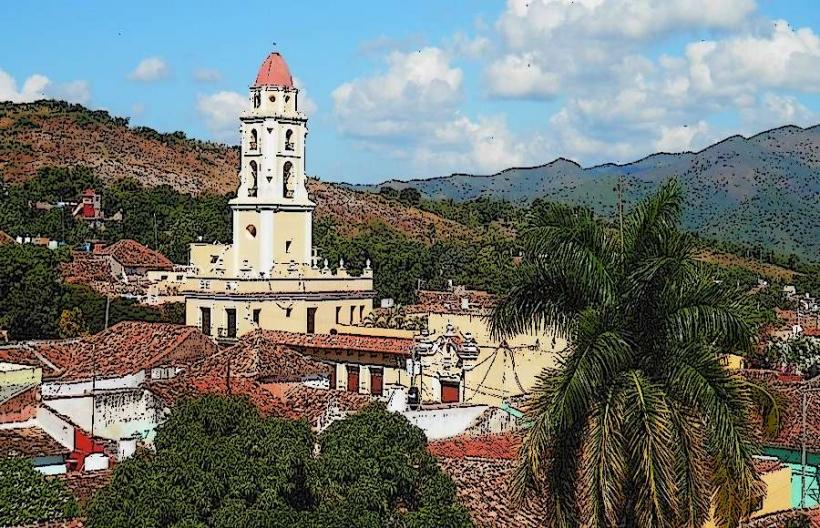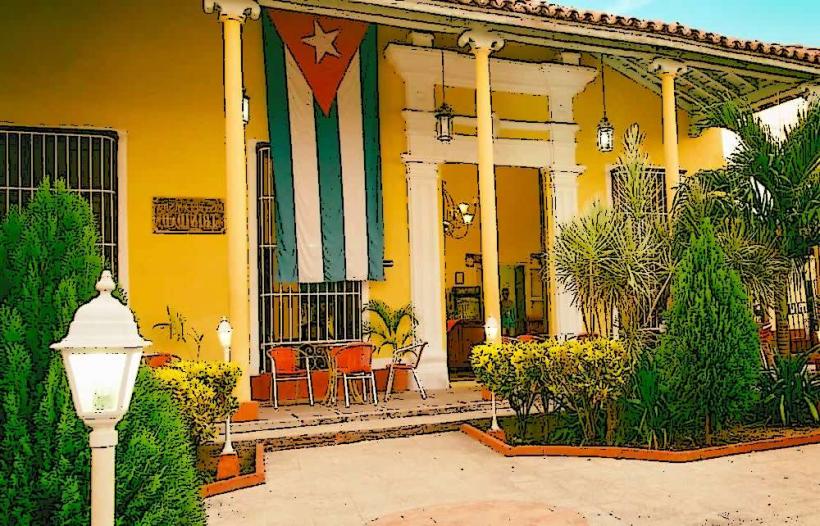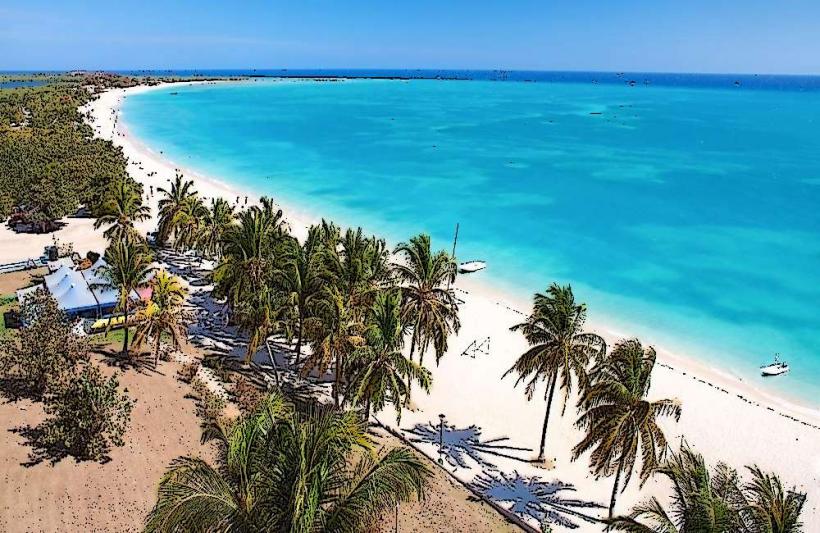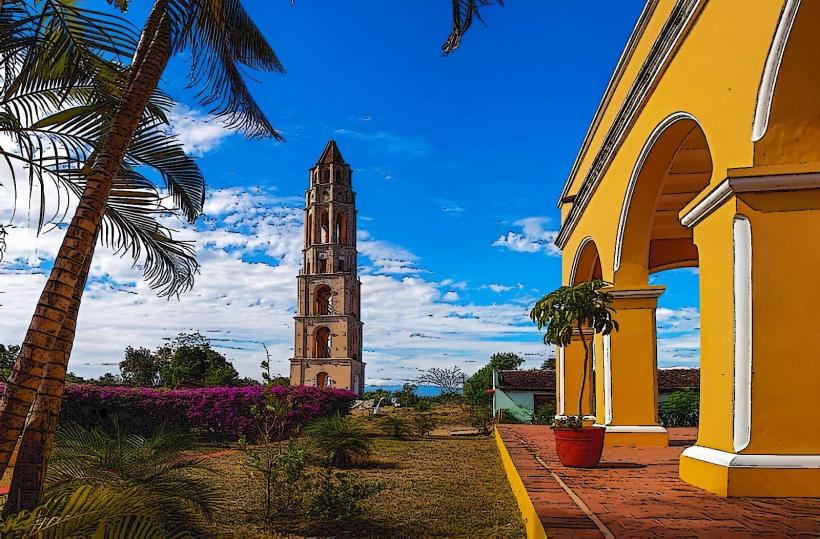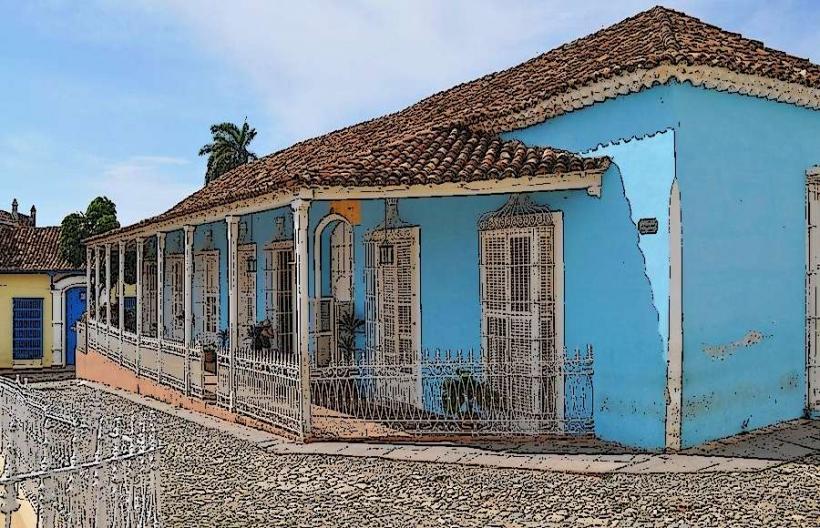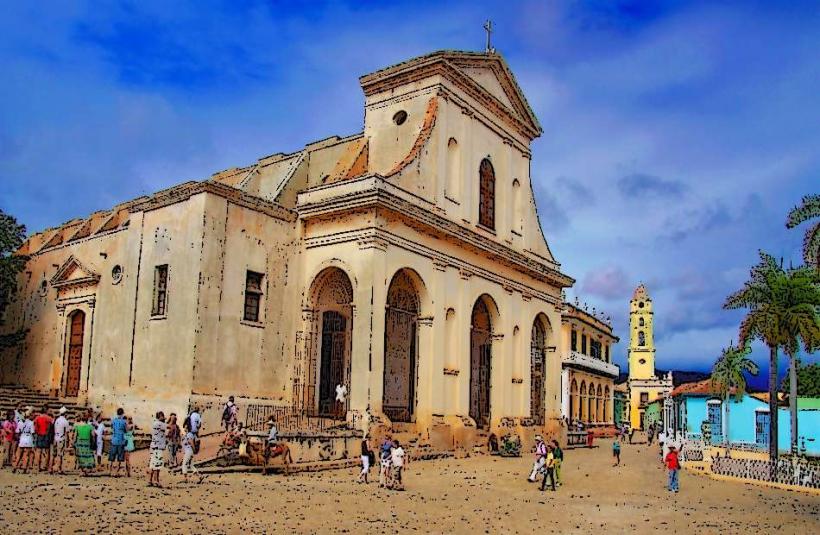Information
Landmark: Museo de Historia MunicipalCity: Trinidad
Country: Cuba
Continent: North America
The Museo de Historia Municipal (Museum of Municipal History) in Trinidad, Cuba, is one of the most important cultural institutions in the town, offering visitors a chance to explore the history of Trinidad and its surroundings. Situated in a historic building, the museum showcases the development of the town from its colonial past to the present day, highlighting various aspects of its cultural, social, and political history.
Key Features of Museo de Historia Municipal:
Historical Significance:
- The museum is housed in the Palacio Cantero, a colonial mansion dating back to the 18th century. This building itself is an important historical landmark, reflecting the grandeur and architectural style of Trinidad’s wealthy sugar merchants during the colonial period.
- The Palacio Cantero was once the residence of the Cantero family, and it has been beautifully preserved, making it an integral part of the museum experience. The mansion provides a glimpse into the lives of Trinidad's upper class during the colonial era.
Exhibits and Collections:
The museum’s exhibits cover a wide range of topics related to the history of Trinidad and its development. The collections are divided into thematic sections that offer insights into various historical periods, including colonial times, independence movements, and post-revolutionary Cuba.
Colonial Era: The museum showcases the wealth and prosperity of Trinidad during the colonial era, largely driven by the sugar industry. Visitors can learn about the rise of sugar plantations, the slavery system, and the lives of both the wealthy landowners and the enslaved African population.
Revolutionary Period: The museum also explores the Cuban Revolution and its impact on Trinidad, including local events, political movements, and the role of the town in the broader national context. Displays may include documents, photographs, and artifacts related to revolutionary figures and activities.
Post-Revolutionary Development: Exhibits highlight how Trinidad evolved after the Cuban Revolution, reflecting changes in the town’s social and economic structure, as well as its place in modern Cuban society.
Architectural Heritage:
- The Palacio Cantero itself is an important part of the museum’s appeal. This colonial mansion features a grand staircase, elegant wooden furniture, and decorative items that illustrate the lifestyle of the aristocracy during the colonial period.
- The building’s facade, with its intricate ironwork, balconies, and large windows, reflects the wealth and status of the family that once lived there. The mansion’s interior features carefully preserved rooms with period furnishings that provide a window into the past.
Thematic Displays:
- The museum’s collections include photographs, maps, paintings, ceramics, and other objects that trace the history of Trinidad and its people.
- Art and Portraits: Some of the museum's displays feature portraits of historical figures, many of which are local elites or prominent figures in the town’s history. These portraits offer an insight into the artistic trends of the period and the social hierarchy that existed in colonial Cuba.
- Archaeological Finds: There are also exhibits showcasing artifacts discovered in and around Trinidad, including tools, pottery, and other relics from the town's early history.
Cultural Insights:
- The museum provides a deeper understanding of Cuban society and the various cultural influences that shaped the region. This includes the fusion of Spanish and African traditions, which is reflected in the town's music, dance, architecture, and cuisine.
- The museum highlights the contributions of African slaves in shaping Trinidad's culture and the lasting impact of their influence on Cuban society.
Educational Programs and Activities:
- The museum offers guided tours, where visitors can learn more about the history of Trinidad and its architectural heritage. The knowledgeable guides often provide detailed explanations about the significance of the exhibits and the broader historical context.
- The museum sometimes hosts temporary exhibitions, lectures, and cultural events, offering opportunities for visitors to engage more deeply with the town’s history and cultural heritage.
Visitor Information:
- Opening Hours: The museum is generally open daily, but it is advisable to check the hours before visiting, as they may vary. Typically, the museum opens in the morning and closes in the late afternoon.
- Admission: There is a small admission fee, and additional charges may apply for special activities or guided tours.
- Accessibility: The museum is centrally located in Plaza Mayor, making it easy to visit as part of a walking tour of Trinidad’s historic center. The Palacio Cantero is well-preserved and accessible to visitors, though it may have some limited access due to its historic nature.
Nearby Attractions:
- Plaza Mayor: The museum is located in the heart of Trinidad’s historic center, which is also home to several other museums, including the Museo Romántico and the Museo de Arquitectura Colonial. Visitors can easily explore the town’s cobblestone streets and colonial buildings after visiting the museum.
- Iglesia Parroquial de la Santísima Trinidad: This nearby church, which dates back to the 19th century, is an important religious and historical site in Trinidad. The church features a neoclassical style and is worth visiting for its beautiful interior and views of the town from its tower.
Conclusion:
The Museo de Historia Municipal (Museum of Municipal History) in Trinidad is a vital stop for anyone interested in the rich history and cultural heritage of the town. Housed in the elegant Palacio Cantero, the museum offers fascinating exhibits that explore the evolution of Trinidad from its colonial beginnings to its role in Cuba’s revolutionary history. With its beautifully preserved building, informative displays, and educational programs, the museum provides a comprehensive understanding of Trinidad’s past and its significance in the broader context of Cuban history.

